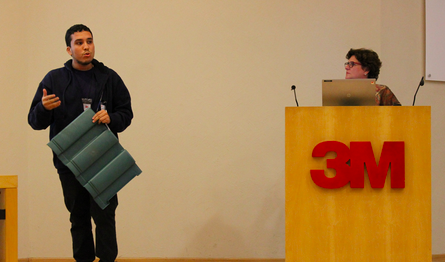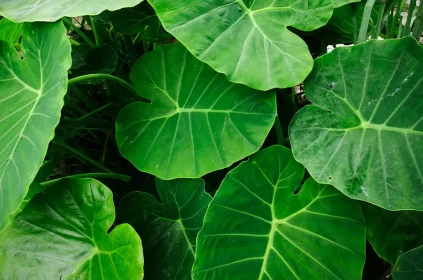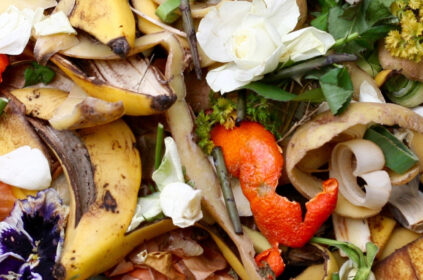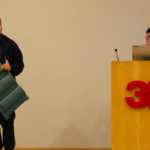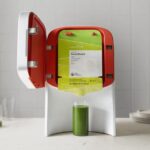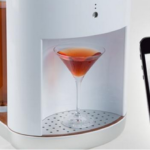It’s not the candy home of Hansel and Gretel story, but your house may also be made out of food … or its leftovers.
One of the biggest environmental problems in Brazil is deforestation. Students of the Uni-BH University Center, in Brazil, created the biosynthetic wood, made of coconut husk fibers. It replaces wood and also reduces the waste generated by the disposal of coconut husks. The same university is involved in another project coconut fiber floor, excellent for a house in a tropical country.
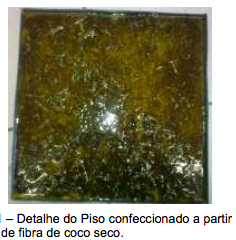
If you need insulation, it is possible that it will be made out of mushrooms. The creation of Ecovative Design, in New York, is based on mushroom mycellium, cotton seed and agricultural residues.

In addition to thermal insulation is also possible to make furniture, automotive, packaging, flooring and even surfboards with the material. The product has not a pleasant taste, but there are no problems if swallowed, which is a concern for those who have children at home. Manufacturing consumes eight times less power energy and ten times less CO2 is emitted compared to conventional foam. Moreover, the material serves as organic fertilizer for the garden when disposed. As the mushroom grows in structure with defined shape, there is no waste of parts when molding. You only need to heat it for the mushroom stop growing.
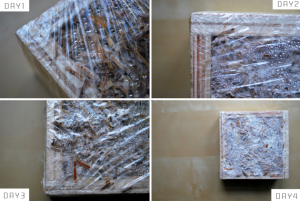
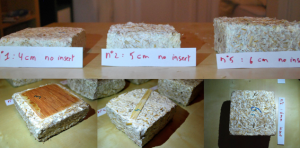
The house needs a roof. And it is the Green Roof, winner of the 3M Institute for University Students Prize. The project consists on the manufacture of tiles from recycled disposable cups. The biggest advantages of these tiles: they are up to 45% lighter and about 30% cheaper than conventional tiles. And, of course, it contributes to the reduction of garbage generated by the cups discharge.
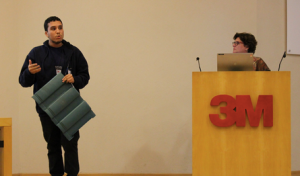
For the lights you can count on a lamp that emits light for up to 8 hours using just one cup of salt water, the Salt Lamp. The idea was developed in the Philippines, where part of their territory has no electricity supply. The operation, similar to a battery, is much safer than kerosene lanterns. The lamp can be used for six months. Is sustainable and cost effective. All that’s missing is wifi in your house of the future!
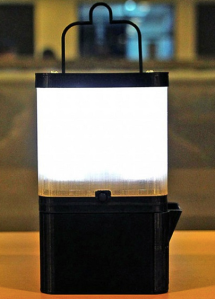
References: Web Urbanist, Ecaderno, Unisol, Green Savers, Hypeness, Revista UniBH

